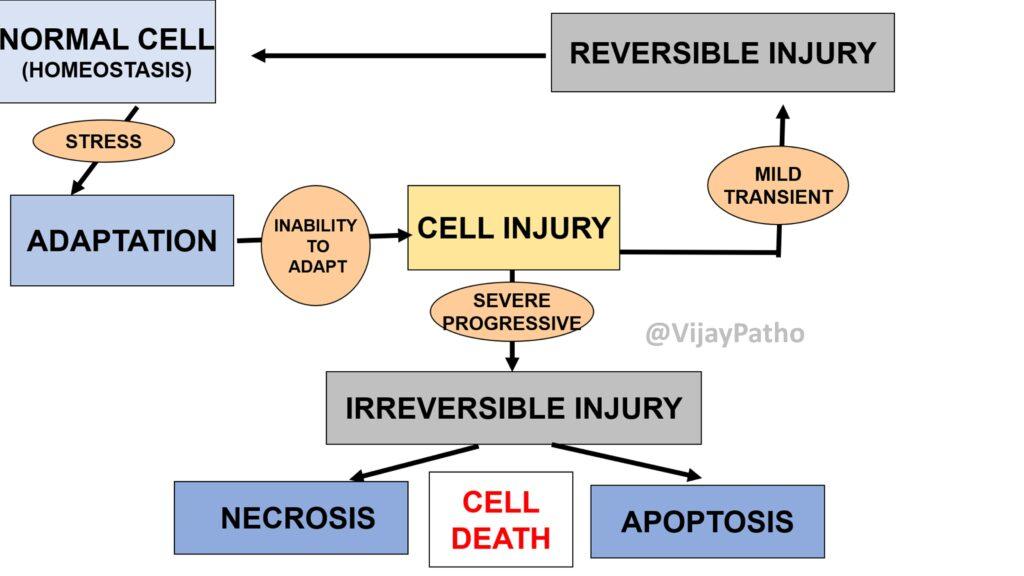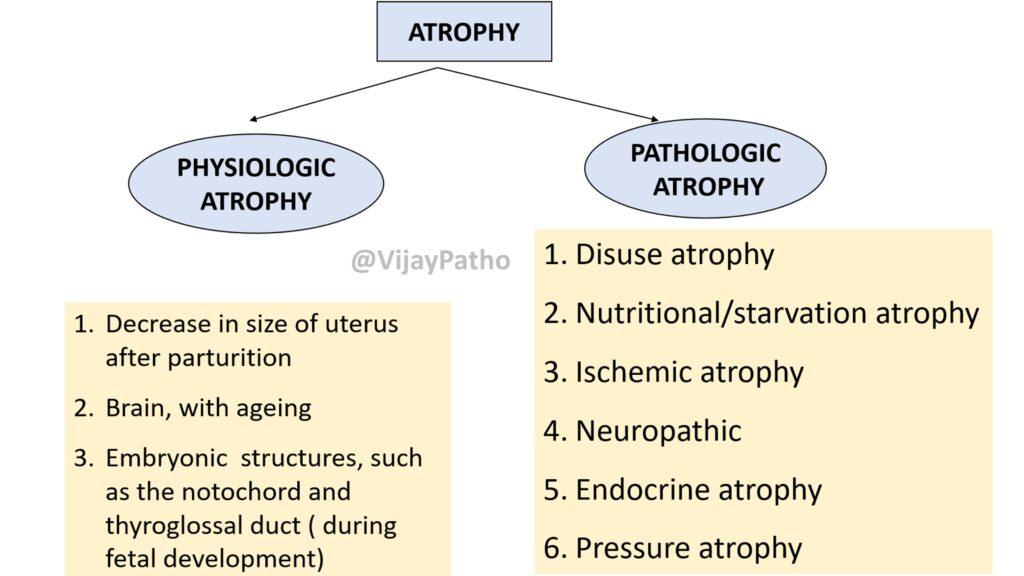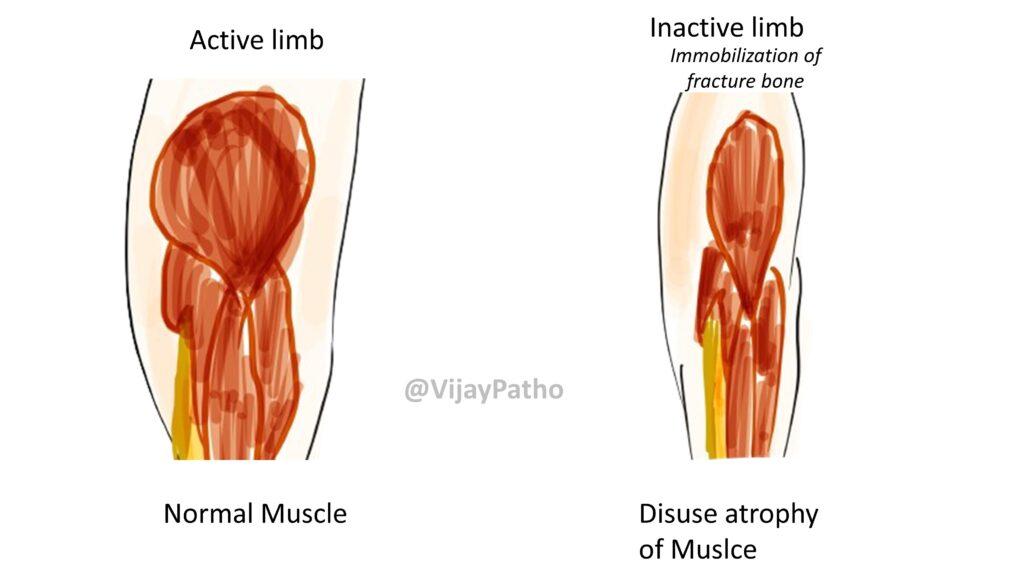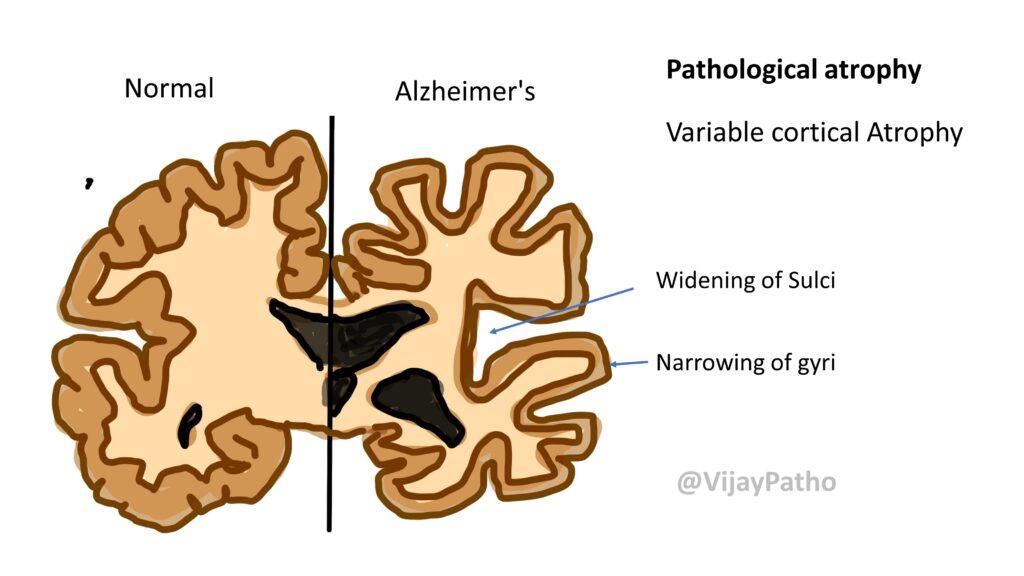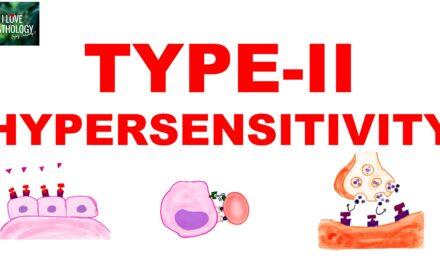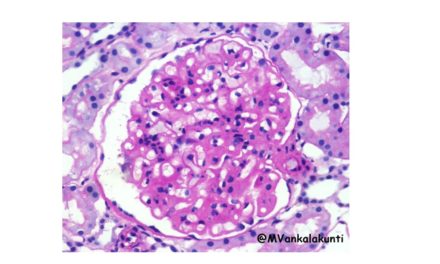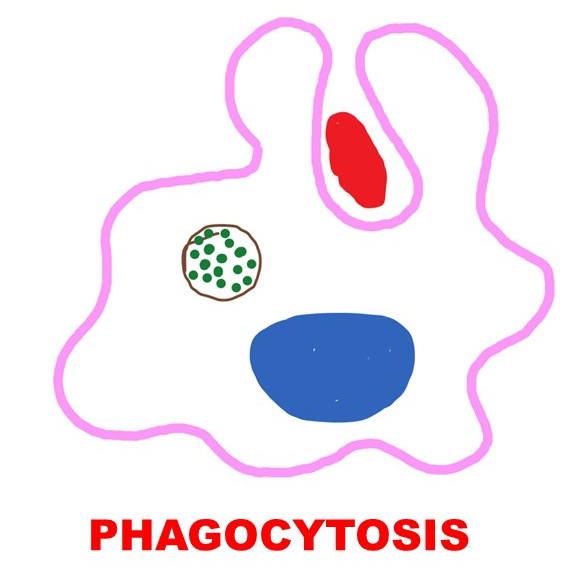What is Cellular Adaptation?
Cellular adaptation refers to the process by which cells adjust to their environment in response to stress or abnormal conditions. This adjustment allows the cells to survive and continue functioning as that of normal, but in a potentially altered state.
When cells cannot adapt to stress or changes in their environment, they undergo cellular injury. The severity of the injury depends on the nature of the stressor. Mild, transient stressors can cause reversible injury, allowing the cell to return to its normal state once the stressor is removed. Severe or persistent stressors, however, can lead to irreversible injury and cell death, either through necrosis or apoptosis.
What is atrophy? what are the types?
Atrophy is a form of cellular adaptation characterized by a decrease in cell size or number, affecting the overall size of an organ or tissue. It can be classified into two types:
Physiologic Atrophy: This natural form occurs during development or aging, such as the involution of the uterus after childbirth or the atrophy of the brain in older adults.
Pathologic Atrophy: Resulting from disease or adverse conditions, pathologic atrophy can be localized (affecting specific areas) or generalized (affecting the body more broadly). Common causes include disuse, nutritional deficiencies, ischemia, nerve damage, loss of endocrine stimulation, and pressure from tumors.
What is the pathogenesis of Atrophy?
The mechanism behind atrophy involves an imbalance between protein synthesis and degradation. Signaling pathways regulate these processes, and a disruption can lead to increased protein degradation, decreased protein synthesis, or both, resulting in atrophy.
Mention different types of Pathological atrophy with examples?
Disused Atrophy: Occurs in muscles that become inactive, such as when a limb is immobilized.
Nutritional Atrophy: Associated with protein-energy malnutrition, leading to muscle wasting.
Ischemic Atrophy: Caused by reduced blood supply, for instance, due to atherosclerosis.
Neurologic Atrophy: Results from damage to nerves, as seen in paralysis or poliomyelitis.
Loss of Endocrine Stimulation Atrophy: Occurs when glands like the breasts or reproductive organs lose hormonal signals.
Pressure Atrophy: Happens when tissue is compressed for an extended period, affecting blood supply and causing atrophy.
What is the consequence of Pathologic Atrophy on Organs?
Pathologic atrophy can significantly impact organ function, depending on the underlying cause. For example, ischemic atrophy of the brain can impair cognitive functions, while disuse atrophy of muscles leads to weakness and decreased mobility.


